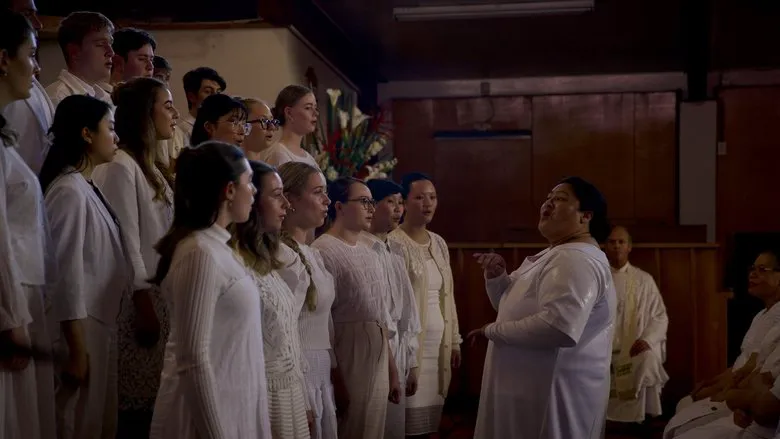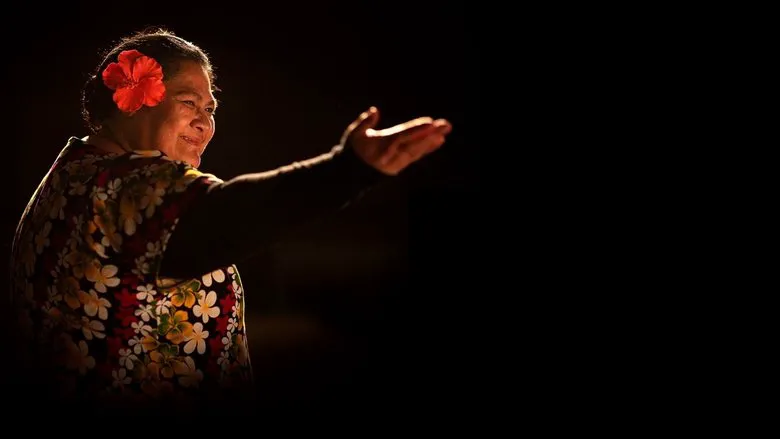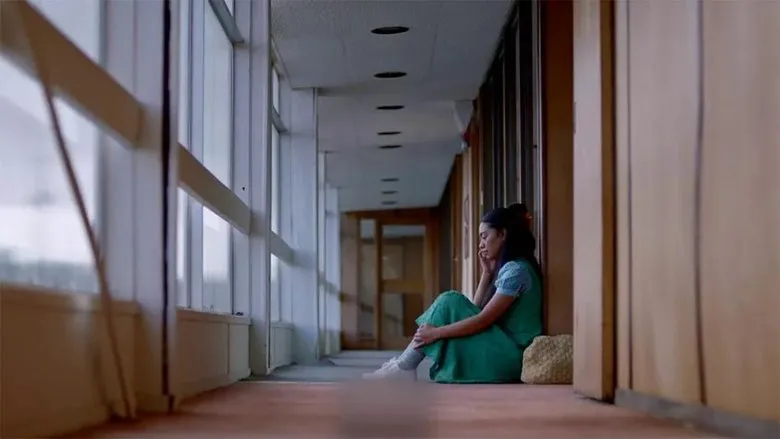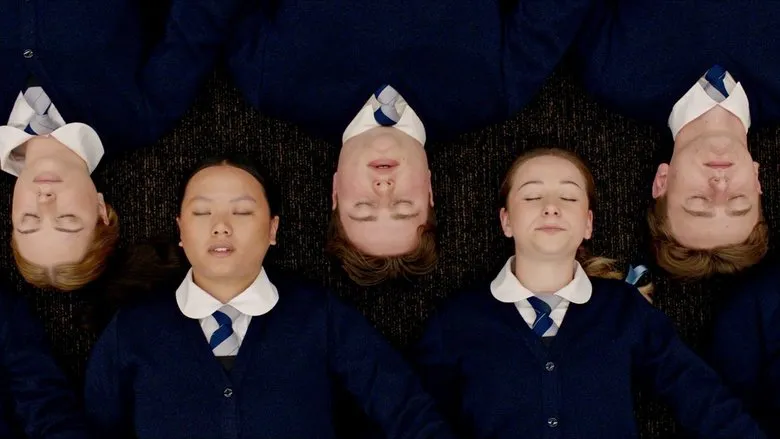A Reflective Symphony on Life’s Autumn
Paolo Sorrentino’s “Youth” emerges as a profoundly evocative and visually stunning cinematic meditation, offering a vibrant portrait of the quest for harmony in the twilight years. Anchored by performances of astonishing depth from its ensemble cast and set against the breathtaking magnificence of the Swiss Alps, the film resonates with a quiet, enchanting quality, reminiscent of the director’s own “The Great Beauty,” yet forging its own unique path.
At its heart, “Youth” unravels within the confines of an exclusive, idiosyncratic resort nestled high in the majestic Swiss Alps. Here, a most curious and captivating assortment of guests convenes, far from the madding crowds. Among them are Fred Ballinger (Michael Caine), a world-renowned composer and conductor, long retired yet still frequently sought after for his genius, and his dear friend, Mick Boyle (Harvey Keitel), an acclaimed film director meticulously crafting what he intends to be the magnum opus of his illustrious career.
The tranquility of the setting is further animated by an array of fascinating individuals: an actor haunted by the shadow of a popular character he once embodied, a diligent team of screenwriters assisting Boyle, an assortment of famous singers and athletes, and even the radiant Miss Universe. Within this seemingly idyllic tapestry, two old friends, Fred and Mick, find solace and candor, reflecting candidly on their shared past, the intricacies of their present, and the uncertainties of the future. Observing the nuanced dramas of the world unfolding around them becomes the primary, poignant pastime for these exceptionally talented individuals, as they edge closer to life’s profound final acts.

An Unconventional Gaze at Aging
In an industry often obsessed with eternal youth and superhuman prowess, cinema rarely zeroes in on the elderly, unless to portray them as action heroes in high-octane thrillers like “The Expendables” or “RED.” When older characters do appear, they are typically relegated to supporting roles – wise mentors or sagacious advisors to the younger, more central protagonists – seldom taking center stage themselves. This conventional approach largely stems from a prevailing fear among studios: that audiences might shy away from confronting the introspective, often complex realities of aging.
However, Italian maestro Paolo Sorrentino is, by nature, far from conventional. His distinct cinematic vision has consistently defied Hollywood’s well-worn clichés and commercial imperatives. With audacious artistry, he fearlessly places two silver-haired men at the emotional core of a film that nevertheless subtly explores themes of youth and feminine beauty. It’s a bold stroke of storytelling genius that not only captivated critics but also earned the resounding admiration of the Cannes Film Festival selectors, marking a refreshing departure from the norm.

The Intertwining Threads of Youth and Old Age
The profound connection between the elderly and the concept of youth forms the very heartbeat of “Youth.” This intricate relationship is most vividly explored through the enduring bond between Fred and Mick. Their friendship spans decades, yet as Fred sagely muses, they remain “good friends, and good friends only share the good things.” This poignant sentiment underpins their interactions, as they offer each other unwavering support and lovingly reminisce, their memories occasionally faltering but their affection unwavering.
Beneath the surface, there’s also a tender, at times melancholic, sideways glance at the succeeding generation. Both men’s children, burdened by the immense legacies of their parents, appear to be struggling to find their own happiness and are perceived as somewhat less talented than their illustrious forebears. Their shared summer unfolds amidst casual, unassuming conversations that drift from the eccentricities of their fellow inhabitants to former lovers, the inevitable indignities of aging bodies (like their prostates), and broader reflections on the state of the world. These seemingly mundane exchanges form a rich tapestry that beautifully defines their later years.

A Masterpiece Forged from a Mosaic of Moments
Upon first viewing, Sorrentino’s film might appear to fracture into countless exquisitely crafted, yet seemingly disparate, moments. There’s the playfully artificial anecdote, a deeply touching but seemingly out-of-place monologue that pierces the soul, a charmingly naïve scene involving the whimsical conducting of cowbells, and a poignant subplot about a retired, iconic soccer player. The overall narrative at times feels less like a conventional story and more like a collection of finely honed observations, meticulously put together.
Yet, much like a grand musical composition – given that Sorrentino’s works are so often likened to symphonies and operas – the film’s profound acceptance and true power are unlocked by fully embracing its non-linear flow. Viewers are encouraged to immerse themselves completely in Fred’s weary body, his profound apathy, and his deep weariness of life. By doing so, unburdened by their own preconceptions of age, they can fully experience the delicate tingling touch of a young masseuse, the universal awe inspired by the sight of unblemished youth, and the relatable embarrassment of inadvertently stumbling upon his daughter’s intimate life. Each piece, no matter how small, contributes to the powerful, resonant whole.

Sorrentino’s Singular Vision
By directorial standards, Paolo Sorrentino remains remarkably young. At the time of “Youth”'s creation, the filmmaker was just 45 years old, and far from being uncelebrated or unpretentious, with an Oscar and multiple Cannes awards already adorning his remarkable career. He stands among the most emotionally and creatively reflective contemporary filmmakers, expertly constructing metaphorical psychological castles with each new cinematic endeavor. Following the breathtaking triumph of “The Great Beauty,” Sorrentino has once again gifted the world another holographic postcard; a luminous work that can be contemplated endlessly.
But “Youth” demands more than just contemplation. It encourages profound ponderance, urging viewers to weigh the characters’ words, to imagine them applied to a hypothetical “older” self, and to strive in youth to avoid creating “good friends” with whom one cannot share everything before life’s inevitable end. It’s an insightful prompt for introspection on the choices that shape a lifetime.

A True Cinematic Masterpiece
Undeniably, “Youth” is a triumph of cinematic artistry. Its visuals are as exquisitely captivating as the sweeping landscapes showcased in the similarly themed “Clouds of Sils Maria,” painting every frame with stunning beauty. The musical score, a hallmark of Italian cinema, is, as always, beyond praise, elevating mood and emotion with every note. The meticulously polished, though occasionally meandering, dialogues and monologues are veritable tours de force, particularly the powerful concluding conversation between Harvey Keitel and Jane Fonda, which resonates with an intensity even surpassing the verbal sparring witnessed in “Birdman.”
But the undisputed highlight of the film is, without question, the extraordinary performance of Michael Caine. While the esteemed actor often quips in interviews about accepting nearly all roles due to his love for acting, “Youth” feels irrevocably like a deeply conscious artistic choice. The brilliant Briton embodies Fred Ballinger with a profound understanding of every motivation, every nuance, and all the myriad consequences that stem from a life fully lived.
Ultimately, Sorrentino does not lament the fleeting nature of youth or wallow in the perceived bleakness of old age. He neither shies away from the wisdom of the elderly nor merely offers a condescending nod to the perceived frivolity of the new generation. Instead, the acclaimed director meticulously seeks out the inherent harmony in the world that cradles individuals who have painstakingly constructed their lives. This harmony, though sometimes elusive and seemingly incomplete – perhaps lacking a detail, a small memory of a distant friend, an unsent letter, or unspoken words – is, crucially, entirely possible. “Youth” eloquently suggests that it is a period rich with opportunities, shaping the foundations for a harmonious maturity and a truly satisfied old age.
